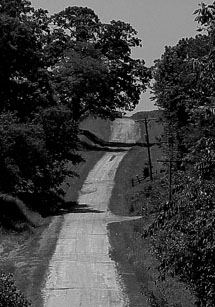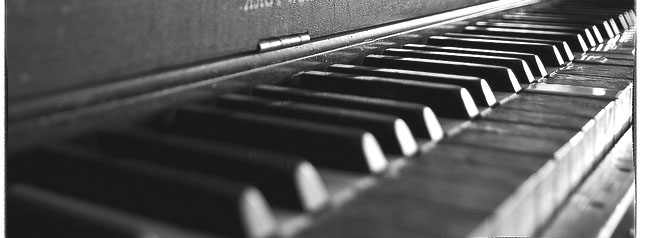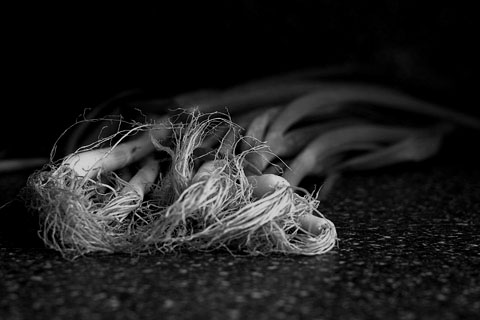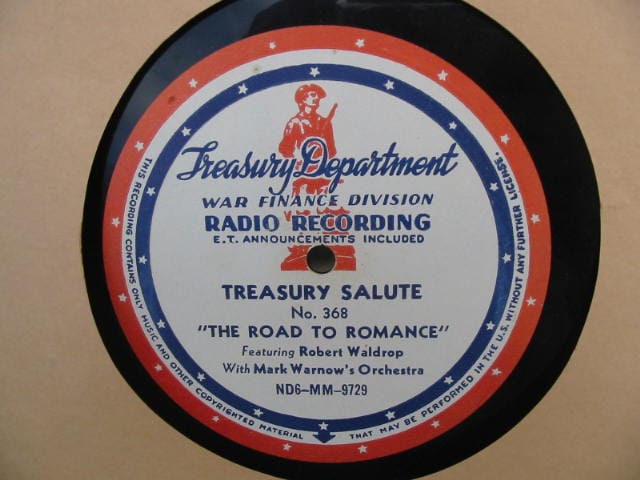Another break from the glamour and swing, in a type of program you’ve not seen here yet.
Treasury Salute
Starring Robert Waldrop
with Mark Warnow’s Orchestra
Introduced as “stories from ‘the American notebook’, these are quiet programs, telling pleasant short stories. These remind me of the way Nelson Olmstead was in his short story programs.
And speaking of Olmstead, does anyone else think one of the performers in this story sounds like him?
Treasury Salute 368
The Road to Romance

The story of some soldiers’ afternoon in Alabama, where a little road led them to something interesting, and not exactly as Goldin records in their index, so give a listen to find out for yourself.
Treasury Salute 369
The Key of C
This story is about a boy and his piano lessons.
Oh, and his onions, too.
Listen to find out why they’re both in this story.
Missing the comedy?
Well, make sure you keep up with us regularly, because I just encoded a VERY popular comedy show from the CHRS collection that I cannot locate for sale or trade anywhere. It will be coming up as a free download, as all of our shows are. We hope you appreciate it.
To download this file, click on the photograph of the onions.
To open this file, type the name of show #369, all lowercase, with a hyphen between each word.
Ace Acetate






Another great show! I can’t wait to hear it. Keep up the great work.
Thanks for your comment, Steve. Always swell to hear from you.
Hello:
Am downloading the episosde as I type..Interesting you should mention Nelson Olmsted with Robert Waldrop. Waldrop was narrator of a longtime radio series called The Ohio Story (sponsored by Ohio Bell Telephone Co.) beginning in 1947-In 1952 a 10-minute TV version was started and Waldrop was replaced as narrator by-Nelson Olmsted! (On both TV and radio) Waldrop stayed on as Ohio Bell Commercial spokesman on the show..Looking forward to hearing this..
Thank you for the history on Waldrop and Olmsted, Tim. This is why comments from downloaders are so valuable to everyone: because all of you put together know more than we do.
And if you’ve only gotten as far as October, make sure to skip ahead to our latest offering, so you can keep up with the exciting challenge that has been offered to downloaders: https://californiahistoricalradio.com/et-project/january-26-2014/
The Hagley Library has digitized several dozen of the 175 or so Ohio Story episodes that Nelson Olmsted narrated and acted in. Almost all of the episodes are preserved on 16mm film. The largest collection is held by the Western Reserve Historical Society – Cleveland History Center.
THE OHIO STORY TV SERIES (1953-61)
The Ohio Story series began its TV run with a show titled “The House that Jack Built, the story of the devotion of a man for his mule.” The 10-minute episode premiered on October 4, 1953 .
Moving from a radio program to a TV format required a lot of additional but necessary effort. Television was growing significantly in popularity, and the Ohio Story series fits well with the new medium. Whereas the radio programs merely required a writer, a narrator, a researcher, and a person to distribute the shows, the new TV format required sets, a director, camera operators and sound technicians, props, and film editors and labs to process the film. TV added considerable cost and time to produce a story.
By 1958, the Ohio Story was broadcast over an 8 TV-station network including KYW in Cleveland. The episodes were often used to fill air time after a 20-minute news block.
Jan Hofstetter-Nemecek of Storycraft noted that the Ohio Story TV episodes consistently earned “an 18 rating across the state,” as high as the series did in its heyday in the days of radio. She attributed the success of the TV series to the fact that the program has evolved with the changing techniques used on Television.
“The men behind the Ohio Bell series have always been willing to experiment with better production techniques. The early television shows used a type of still-animation with voice over narration.
“While the show itself achieved a good audience, the artwork method was rather inflexible to produce. Shortly thereafter, the animation method was dropped in favor of an all dramatic presentation, using local talent, including Cleveland Play House personnel, in the featured roles.”
Twenty-six Ohio Story TV broadcasts a year were produced the first few years, dropping later to 13 a year. Only six TV shows were made in 1960. The last Ohio Story TV episode aired on WSTV in Steubenville, Ohio, in May 1961. An estimated 179 Ohio Story TV shows were produced. Some ran multiple times over the 1953-1961 period.
The TV programs continued to be available for loan through libraries and shown at Rotary, Elks Lions and other fraternal group meetings, and in-school classes for years after.
For all the radio episodes and most of the TV episodes the Ohio Story episode opened and closed with the Di Provenza score from Act II of Verdi’s opera, La Traviata. Earl Rohlf, a famous midwest musician, played the score on a Hammond organ on every live episode for the first five years. After the radio series switched to a pre-recorded format, Rohlf was no longer mentioned in the show credits. When the show switched from radio to television, the score was played by an orchestra and not on an organ.
If you ask people in Ohio where they heard Di Provenza, they would likely say it comes from “The Ohio Story” and not Verdi’s opera
In 1957, Ohio Bell aired a 10-minute Tv “Ohio Story Anniversary” episode on “Ohio Story” week in Ohio. The episode highlights how the series began and what the kind of stories they planned to do in the future. Nelson Olmsted, a famous Hollywood actor and the TV host for the series, notes that the children that were two years old when the series began are now in college and beginning to write their own Ohio Story. This episode is on the Hagley Library web site.
In March 2022, Jon Siedel talks in depth about his recollections of the series in a video he did with Jim Culley and Neil McCormick at Cinécraft. The video is posted in the Cinécraft oral history collection at Hagley.
In 1961 the Ohio Story series came to an end. C.O. Poleni, Assistant VP of Ohio Bell Telephone, explained it this way: “the time has come to change the direction of our television programming. The advantages gained by our co-sponsorship of the Bell Telephone Hour and by use of more flexible, local television attractions are among the major considerations in this decision.”